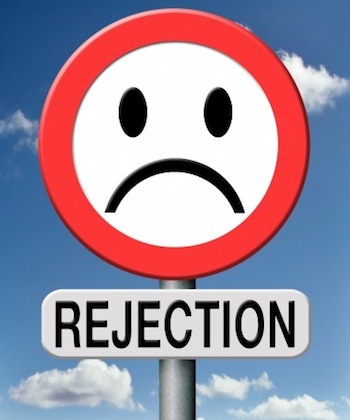Supreme Court Rejects Latest Bid to Clarify Patent Eligibility
“The district court in the underlying CareDX case remarked that the state of patent eligibility law is ‘fraught, incoherent, unclear, inconsistent, and confusing, and indeterminate and often leading to arbitrary results.’”
The U.S. Supreme Court today denied the petition for certiorari brought by CareDX, Inc.in May asking it to review a 2022 decision holding certain claims of its patents directed to detection levels of donor cell-free DNA (cfDNA) in the blood of an organ transplant patient patent ineligible. Justice Bret Kavanaugh would have granted the petition, according to the Order List.
The case was the latest hope for clarification from the High Court on Section 101, which many in the IP community feel has become confused to the point of no return. Retired U.S. Court of Appeals for the Federal Circuit (CAFC) Judge Paul Michel—who, with Professor John Duffy, filed an amicus brief in the case urging the Court to grant the petition—said at IPWatchdog LIVE in September that the Supreme Court Justices need to get better at choosing the right cases and then focusing on the right questions when they do grant cases. He said he was hopeful the Court might take up the CareDX petition because, unlike the American Axle case, where the Court denied certiorari last year, the patent at issue in CareDX stands to benefit human health.
In the underlying case, the Federal Circuit affirmed the district court’s ruling in favor of Natera, Inc. and Eurofins Viracor, Inc. that the relevant claims of CareDx’s U.S. Patent No. 8703652, U.S. Patent No. 9845497, and U.S. Patent No. 10329607, which were conceived of by three Stanford university scientists, were directed to the detection of natural phenomena and that the shared specification included admissions that the claims only recited conventional techniques. In affirming the district court’s Section 101 summary judgment ruling, Judge Alan Lourie noted that “[t]his is not a case involving a method of preparation or a new measurement technique.” The CAFC likened the case to Ariosa Diagnostics, Inc. v. Sequenom, Inc., but CareDX noted in its petition that the case includes a confusing procedural history that arguably mirrors the broader confusion over Section 101.
A magistrate judge recommended that Natera’s and Eurofins’ motions to dismiss the case based on ineligibility should be denied at Alice step one, and the district court agreed, and also dismissed later motions for summary judgment on Section 101 grounds. But the court subsequently reconsidered its decision sua sponte and granted summary judgment, remarking in the process that “‘the state of § 101 law’ is ‘fraught, incoherent, unclear, inconsistent, and confusing, and indeterminate and often leading to arbitrary results,” according to the petition.
Some also hoped that the recent introduction of legislation to reform patent eligibility law might inspire the justices to act, but this latest denial indicates they have no intention of doing so for now.
IPR Estoppel Petition Also Rejected
The Court today also denied a petition brought by e-commerce company Ingenio Inc. in March asking for review of a Federal Circuit decision that said Ingenio was estopped under Section 315(e)(2) from challenging the validity of a claim that hadn’t been instituted in a pre-SAS Institute v. Iancu 2013 inter partes review (IPR). Ingenio challenged the validity of that claim in district court and the district court ruled it was invalid in 2020, but on appeal, the Federal Circuit reversed, explaining that because Ingenio did not seek a remand of its IPR petition under SAS Institute to cure the Patent Trial and Appeal Board’s (PTAB’s) improper partial institution decision, the IPR estoppel provisions under Section 315(e)(2) applied, preventing Ingenio from raising invalidity arguments that “the petitioner raised or reasonably could have raised” during the IPR.
Ingenio’s SCOTUS petition argued that the Federal Circuit’s decision effectively rewrites the statute at Section 315(e)(2), which indicates that estoppel preventing invalidity arguments only applies when the PTAB has issued a final written decision on the claim. The petition had also asked the Court to hold off on a decision whether to grant or deny until considering Apple’s petition in its appeal of a 2022 Federal Circuit decision for the California Institute of Technology v. Broadcom, which the Court rejected in June.
Image rights acquired by 123RF.com
Eileen McDermott
Eileen McDermott is the Editor-in-Chief of IPWatchdog.com. Eileen is a veteran IP and legal journalist, and no stranger to the intellectual property world, having held editorial and managerial positions at […see more]







